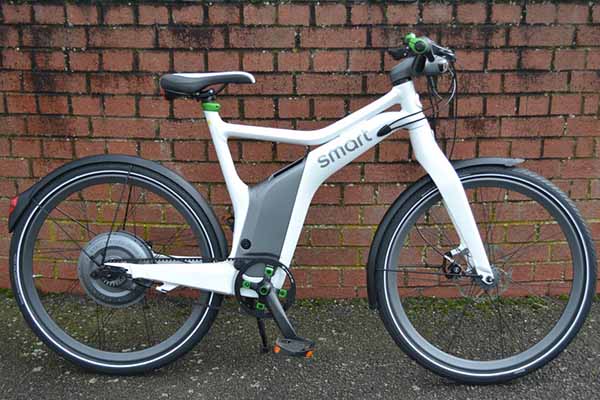In the last few years, we have seen a rise in the demand for electric bicycles in India. However, throughout the pandemic and even after the COVID-19 pandemic, the growing industry of e-bikes saw a deduction. This was due to a total shutdown of manufacturing sites, tight COVID-19 protocols, obtrusion of the supply chain, and other factors. However, with life slowly and steadily returning to normalcy, the e-bike market is again picking up the pace. Due the risk of contamination through public transport, people are showing lots of interest in owning vehicles for daily commutes.
Over the longer term, the increasing customer demand for electric vehicles for relaxation and adventurous activities and the use of electric bicycles in some other sectors, such as rentals and logistics, are likely to hold and pull the EV market in India. In India, the e-bicycle market is still in a developing stage. However, the expensive cost of these vehicles may obstruct market expansion. Customers choose mopeds/scooters over e-bicycle.
In Tier 1 cities, the demand for e-bicycles is growing faster. Sales in India rising at a double-digit yearly as compared with the previous years. E-bicycles are becoming very popular in cities like Mumbai, Delhi, Pune, and Bangalore. As e-bicycles are more costly than traditional bicycles, some businesses have accepted financing and EMI option. With its website and other e-commerce channels, it concentrates more on online shopping and gives no-cost EMI options. Apart from being considered a greener and cleaner means of short-distance transportation, e-bicycles are having a wide range of applications across India.
New Advancements:
E-bicycle manufacturers are placing a greater emphasis on improving the whole user interface. It can now communicate with users’ mobile phones and provide real-time information on the speed and battery level. Customers are becoming more interested in e-bicycle as a result. In India, the market for electric bicycles is expected to develop rapidly throughout the forecast period. Many companies are entering the market and rising demand for e-bicycle in last-mile deliveries. E-bicycles, mostly pedelecs, may be the perfect mode of transportation soon. These bicycles allow consumers to cruise through rough ground, which is otherwise very hard to navigate without an electric motor. Such factors are increasing the popularity of e-bicycles in India.
There are only two types of e-bicycles — throttle-assist and pedal-assist. Throttle-assist means the motor can be shifted on and the bike will move forward without pedaling. Pedal-assist means the motor will only engage when the user is pedaling. The pedal-assist electric bicycles can minimize human effort by about 70-80 percent when we compare them to traditional bikes.
Market Report:
According to a research report by Mordor Intelligence, the e-bicycle market was valued at $1.06 billion dollars. The market has grown at a CAGR of 12.69 percent in line with global growth. It is expected to grow at a steady clip at least for the next five years.
The global electric bicycle market size is projected to see growth from $18.58 billion in 2021 to $52.36 billion in 2028. It will grow at a CAGR of 16.0% in the phase from 2021-2028. Further, a research firm, in its recent findings has anticipated that the e-bicycle market in India will be valued at $2.08 million by 2026 bit higher than $1.02 million which was in 2021. This uptick in the market valuation complements India’s aim to speed up efforts towards sustainable and smart cities in which e-mobility is shaping itself to play a very major role.
The e-bicycle industry is innovating itself to be the game-changer in getting an advanced and greener world. E-bicycles are becoming more costly than standard motorbikes due to wiring, design, motor or mini engine, and battery power. The cost of an e-bicycle mostly depends on its grade and quality. The price can vary from about INR.20,000 to INR.1,50,000 and it can go above. The high costs of new e-bicycle batteries and the replacement of the same are also hampering the market’s growth.
Conclusion:
E-bicycle must be a keystone of a global, local and national strategy to meet the net-zero carbon emission target together. The duty first is on the government to provide the legislation and financing for safe and equitable space for cycling, and then on citizens who welcome this transition and will pass it on to the next generation for a prosperous world and a greener economy.
About the author:

Dr Irfan Khan is the Founder & CEO of eBikeGo.















